Splashtop vs Teamviewer vs Chrome Remote Desktop: what's the best remote desktop software for business?
One of these three remote desktop solutions is not like the others and we explain why.
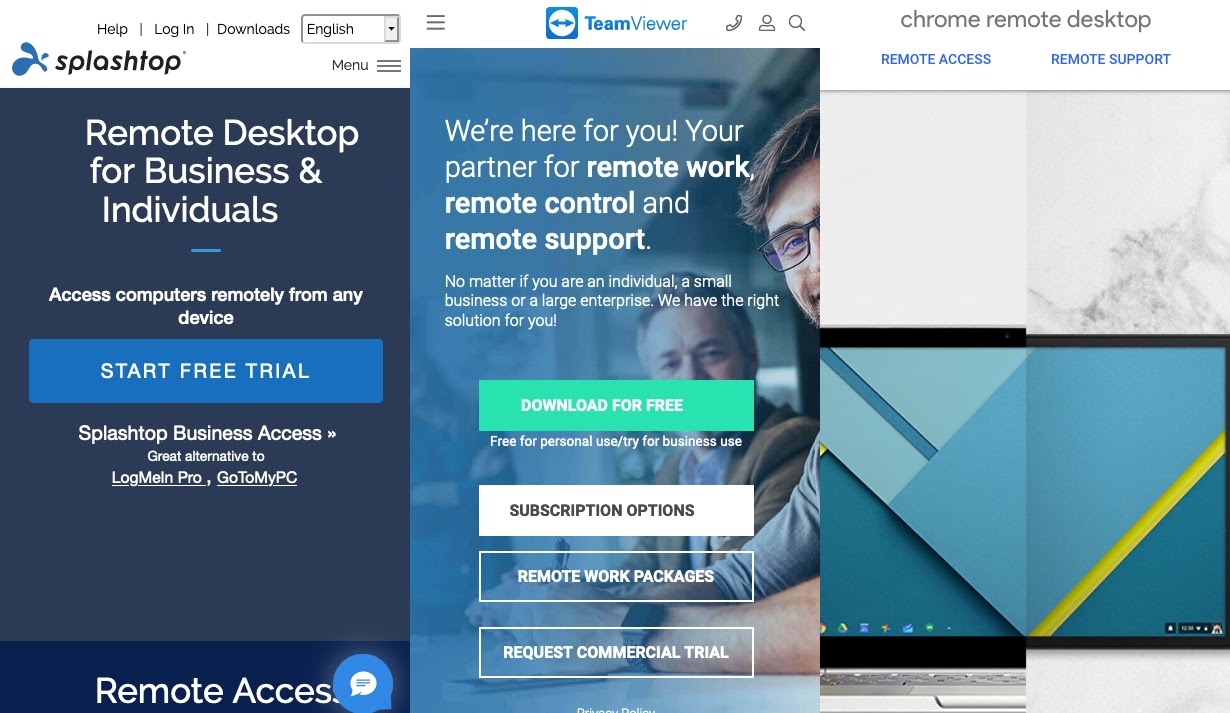
Being able to remotely access computers and other devices is becoming increasingly more important for businesses, particularly as people are working from home more than ever before and distributed teams become more common.
In this article, we’ll compare Splashtop, TeamViewer, and Chrome Remote Desktop to help determine which is the best remote desktop software for businesses. We’ll look at features, performance, ease of use, support, and pricing.
- Our full Splashtop review
- Read the TeamViewer review
- Our review of Chrome Remote Desktop
Features
Because Chrome Remote Desktop is a free product offered by Google, it’s limited in the features it offers. You’ll be able to access files and applications on remote computers, but not much else. Splashtop and TeamViewer have more advanced features like remote printing, chat, and session recording.
Cross Platform support
Chrome Remote Desktop will work anywhere you can install the Chrome browser, and there are also separate apps for iOS and Android. Splashtop and TeamViewer also support Windows, Mac, and Linux for desktops, and iOS and Android for mobiles.
TeamViewer will support connecting from any device to any other device, i.e. desktop to desktop, desktop to mobile, mobile to desktop, and mobile to mobile. Splashtop’s remote access software and Chrome Remote Desktop can connect to desktop computers from mobile devices, but not the other way around.
Collaboration
Collaboration tools are important for businesses that operate in different locations. Splashtop and TeamViewer both support text chat and session recording of the remote computer, but TeamViewer goes further with voice and video conferencing. Chrome Remote Desktop doesn’t have this type of functionality.
Administration
Splashtop and TeamViewer both have web consoles where you can manage users, connections, and permissions. But TeamViewer’s feature list is more extensive, including things like custom branding, its own ticketing system, and integrations with external helpdesk and CRM platforms.
As a free product intended for personal use, Chrome Remote Desktop doesn’t have any administration features.
Security
Both Splashtop and TeamViewer have a long list of security features including encryption and device authentication. But TeamViewer stands out by including a series of features that Splashtop doesn’t provide, like malware protection, remote data backup, and remote device monitoring for websites, servers, and networks.
Are you a pro? Subscribe to our newsletter
Sign up to the TechRadar Pro newsletter to get all the top news, opinion, features and guidance your business needs to succeed!
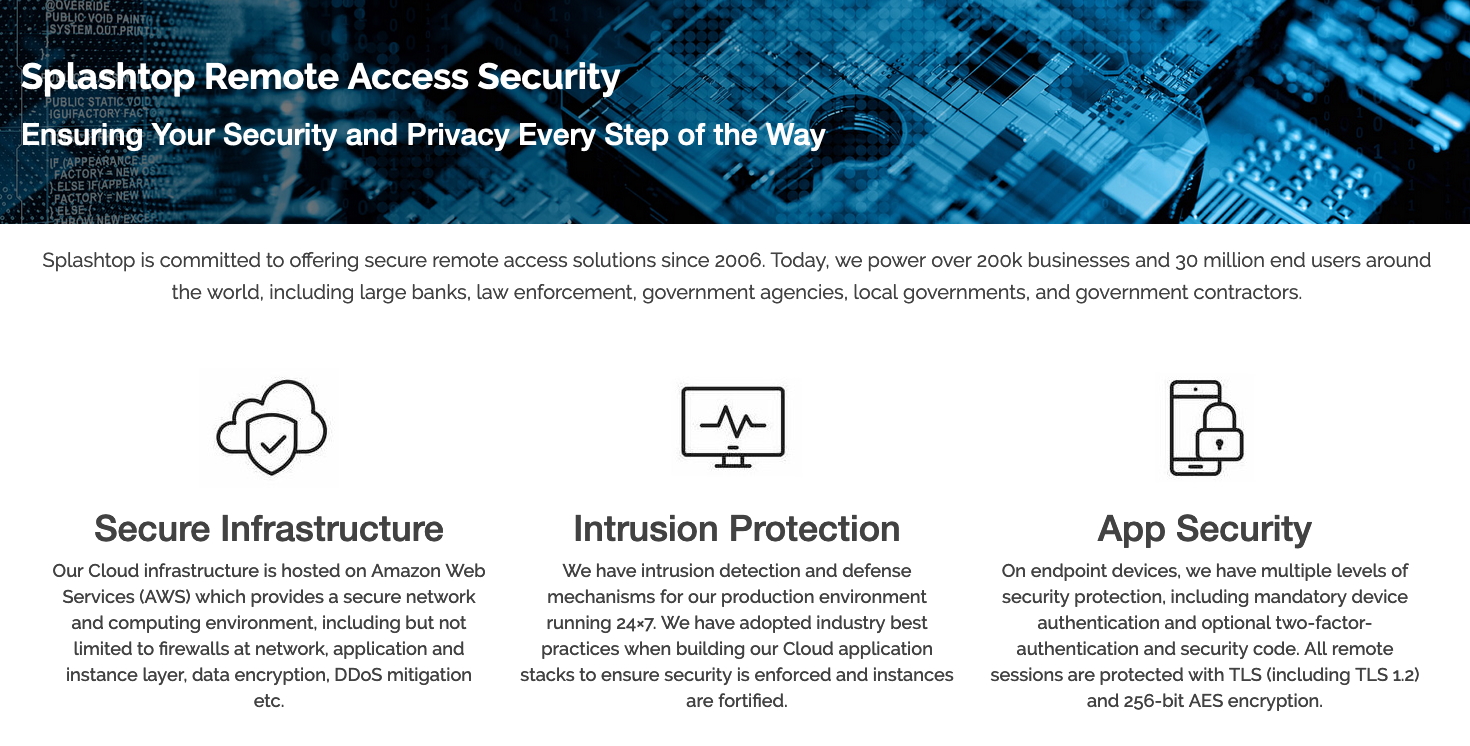
Conclusion
Chrome Remote Desktop can’t compete with Splashtop and TeamViewer in terms of features. Splashtop has an impressive list of features, but TeamViewer offers even more.
Performance
All three apps feature easy-to-use, responsive interfaces. Chrome Remote Desktop and Splashtop have quite simple interfaces, but Splashtop provides access to more functions, with Chrome Remote Desktop having very few menu options.
Splashtop’s interface also changes depending on the plan to which you’ve subscribed, so if you’re on a plan with more features, you’ll have more menu options.
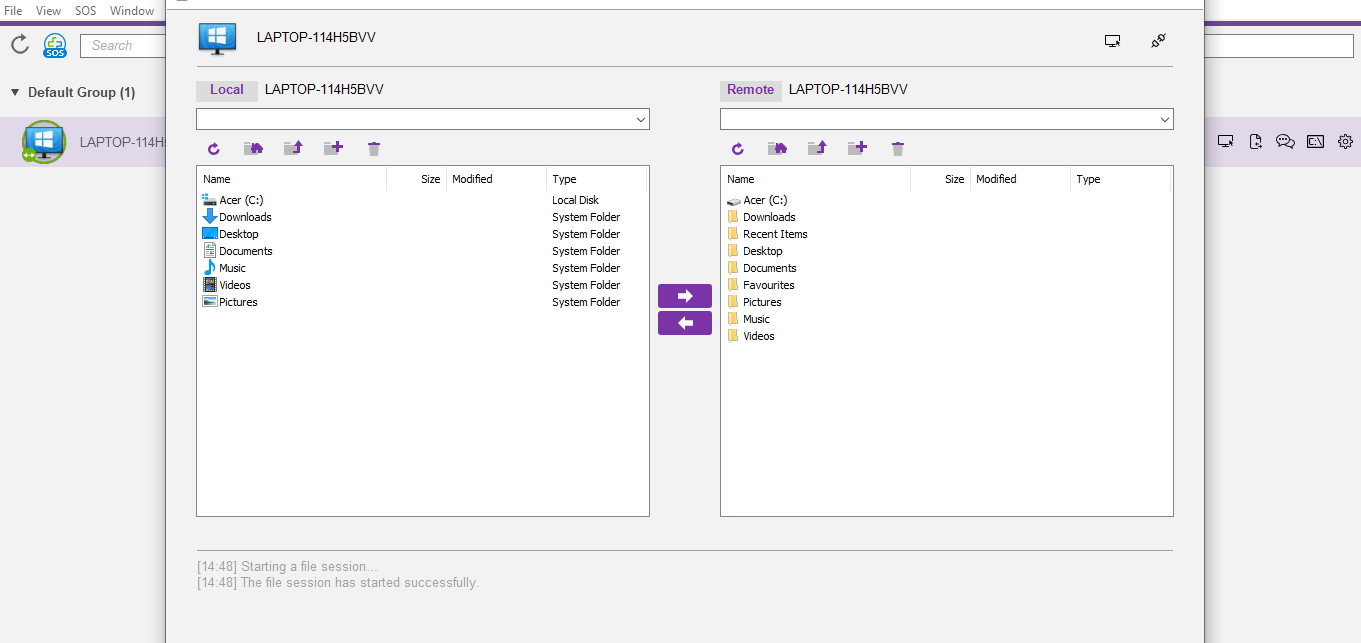
Meanwhile, TeamViewer’s interface, while also being quite simple, offers a range of insights into the device to which you’re connecting.
All three apps performed well in terms of responsiveness, i.e., how quickly changes on the remote device were mirrored on the host computer.
Chrome Remote Desktop was consistently within 0.25 seconds of the remote device. With both Splashtop and TeamViewer, mouse tracking and clicks were always registered straight away, and transferring files was also fast. Splashtop did sometimes have a slight lag when screen sharing, though.
Conclusion
TeamViewer’s interface offers the most features, and the app performed better than the others in terms of responsiveness, so it takes the points in the Performance category.
Support
As it’s a free product, Chrome Remote Desktop doesn’t come with any support other than a link to a help document.
Splashtop and TeamViewer offer technical support by help desk tickets and limited-hours telephone support. Splashtop’s telephone support hours run from 7:30 AM to 5 PM (PST) and TeamViewer’s during local business hours across a wide range of countries. Both companies also have a knowledge base and FAQ sections.
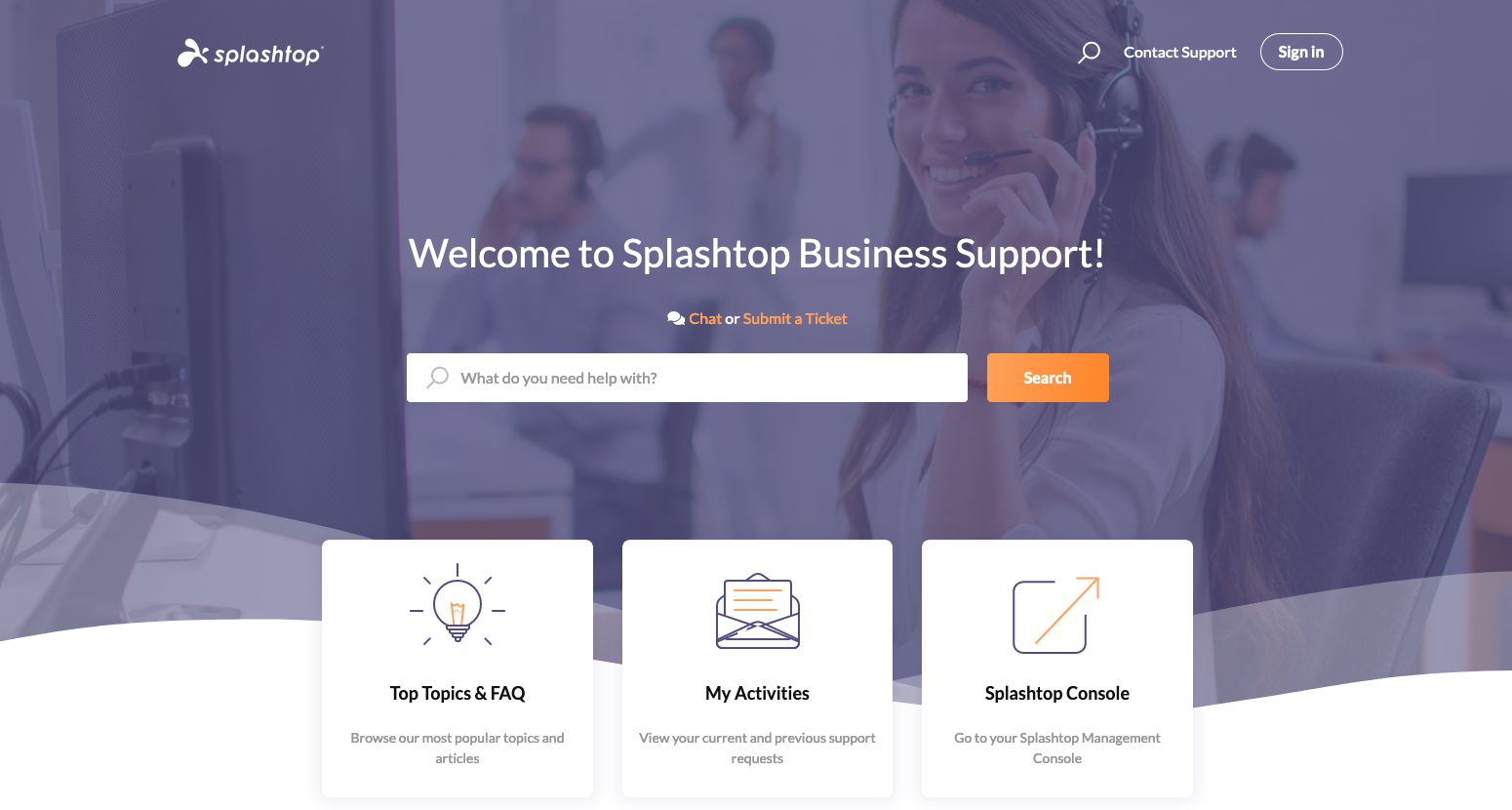
Splashtop also offers 24/7 live chat support, so for that reason, it comes out ahead in this department.
Pricing and plans
As a free product, Chrome Remote Desktop only comes in a single version.
TeamViewer is also free for personal use, but for commercial use, it has plans for single users and teams. The single-user plan is $49/month for three devices. The Multi User plan is $99.00/month, with up to 50 users licensed to create a single session, and the For Teams plan is $169.90/month for up to 200 users, three of whom can be be using the service at the same time. If you require concurrent access for 200 users, for example, then you'll need TeamViewer Tensor for enterprise businesses, which would cost somewhere in the region of $500,000 per year.
Splashtop has three separate plans for its remote access product, with the Solo plan costing $5/month and allowing an individual access to up to two computers. Meanwhile, the Pro plan is $8.25/month per user, with each user able to access up to ten computers. There are also Pro volume licenses costing $4.54/month/user for up to 50 users, and $4.13/month/user for more than 50, which would mean concurrent access for 200 users would cost in the region of $10,000, making it a significantly cheaper option than TeamViewer.
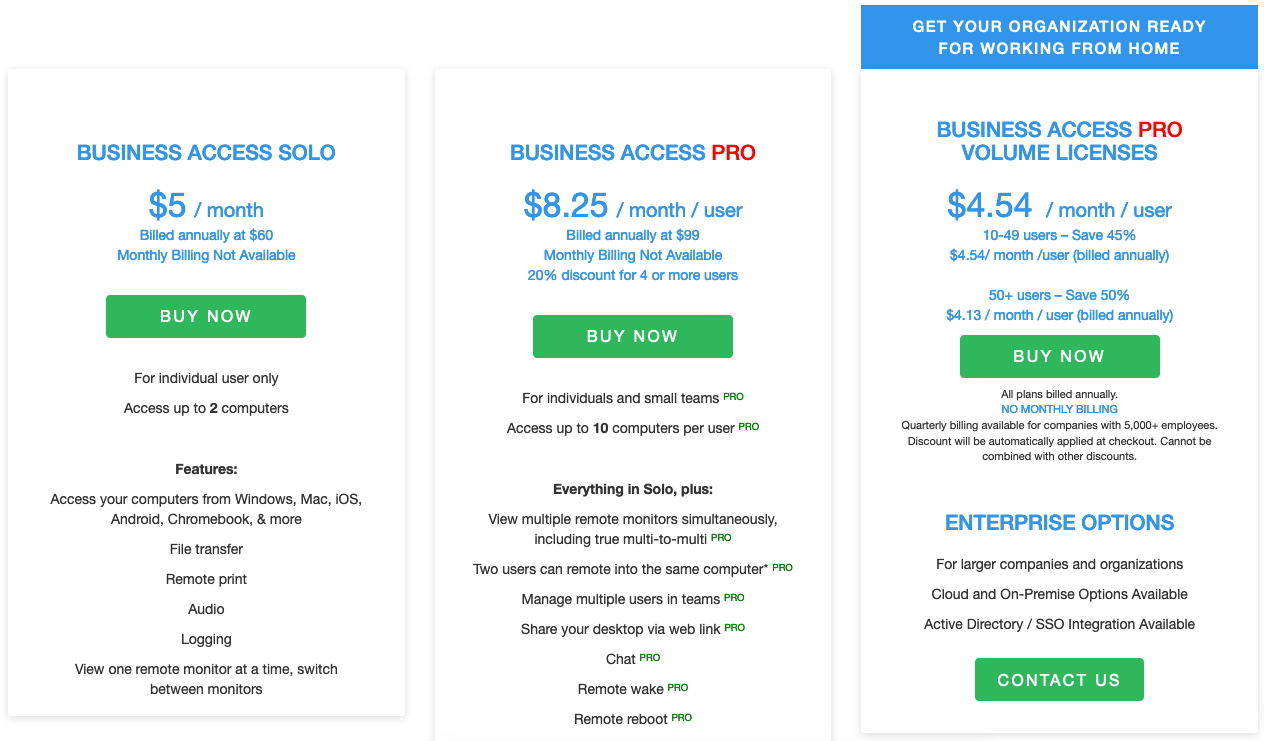
Conclusion
TeamViewer is the best option for personal use. While Chrome Remote Desktop is also free, TeamViewer has more features.
For commercial use, Splashtop offers cheaper prices for single users and small teams. If you have a large team and the maximum number of users allowed per license, Teamviewer’s prices are better. For instance, 200 users would cost $199/month with Teamviewer but $826/month with Splashtop.
Verdict
Chrome Remote Desktop isn’t really in the same league as Splashtop or TeamViewer, and it’s not intended for business use. That said, it will be fine for people who are after a free solution and don’t need many features.
For businesses, Splashtop has better single-user and small team pricing and slightly better support options. But TeamViewer has more features and better performance.
So if your business requires a fully-featured, high-performance product, Teamviewer would be the better choice. Small to medium-sized businesses—and even some enterprise businesses—would be better served by Splashtop.
- Looking for more information on remote desktop software? Read our guide to the best remote desktop software